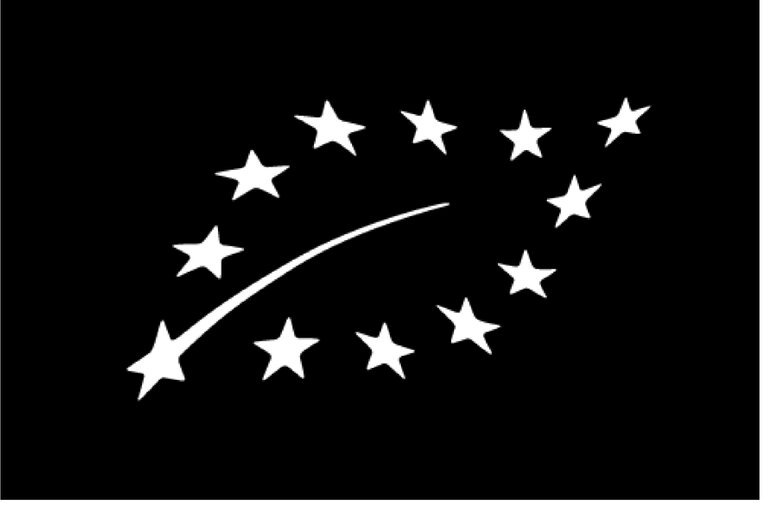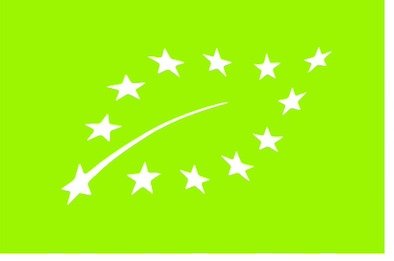EU organic production logo
- Organic production
Summary
The EU has amended the rules on how to present its organic production logo, to allow use of a black-on-white logo, and to include an RGB (red, green, blue) colour reference for use in digital images.
EU allows more options for presenting its organic production logo
Commission Delegated Regulation (EU) 2024/2867 of 2 September 2024 amending Regulation (EU) 2018/848 of the European Parliament and of the Council as regards the presentation of the organic production logo of the European Union
Update
The EU has amended the rules on how to present its organic production logo, to allow use of a black-on-white logo, and to include an RGB (red, green, blue) colour reference for use in digital images.
Impacted Products
All organic products
What is changing?
Regulation 2018/848, Annex V provides colour and black-and-white models of the EU’s organic production logo. Businesses may apply the black-and-white model where the colour model cannot be used. Prior to this new Regulation, the rules only allowed for a logo that is white-on-black (see Figure 1), but not the negative (black-on-white). The new Regulation changes the rules to allow the black-on-white option.
The reference colour scheme for the logo previously referred only to the four-colour process generally used in printing: CMYK (cyan, magenta, yellow, key or black) (see Figure 2). The new Regulation adds the three-colour reference generally used in digital images: RGB (red, green, blue).
Why?
The new Regulation ensures that the rules for the organic production logo are sufficiently flexible to allow its use on all types and colours of packaging, and to take into account the technical requirements of digital printing.
Timeline
The new rules apply from 1 December 2024.
Background
The EU has created an organic production logo to clearly indicate to consumers that produce meets EU organic rules. This logo, including the relevant reference colours, is contained in Annex V to Regulation 2018/848. The logo must be used on all organic food produced in the EU, and may be used on a voluntary basis on non-prepacked organic food produced in the EU.
The EU logo may also be used for products imported from non-EU countries. These products must be labelled (in the same visual field as the logo) as:
- “non-EU Agriculture” or “non-EU Aquaculture” where the raw material has been produced in a non-EU country
- “EU/non-EU Agriculture” or “EU/non-EU Aquaculture” where a part of the raw materials has been produced in a non-EU country.
The words “non-EU” may be replaced or supplemented by the name of the country, or by the name of the country and region where the raw materials are produced.
The words “non-EU” should not be more prominent (colour, size, and style) than the name of the product (Art. 32).
The logo can only be used when more than 95% by weight of the ingredients are organic.
Resources
European Commission: Organic Production and Products
Sources
Commission Delegated Regulation (EU) 2024/2867 as regards the presentation of the organic production logo of the European Union
Disclaimer: Under no circumstances shall COLEAD be liable for any loss, damage, liability or expense incurred or suffered that is claimed to have resulted from the use of information available on this website or any link to external sites. The use of the website is at the user’s sole risk and responsibility. This information platform was created and maintained with the financial support of the European Union. Its contents do not, however, reflect the views of the European Union.
EU allows more options for presenting its organic production logo
Commission Delegated Regulation (EU) 2024/2867 as regards the presentation of the organic production logo of the European Union
What is changing and why?
This new Regulation amends the rules on how to present the EU organic production logo to allow use of a black-on-white logo. Previously the rules only allowed a white-on-black version (see Figure 1). The new Regulation also includes an RGB (red, green, blue) colour reference for use in digital images, in addition to the four-colour process generally used in traditional printing: cyan, magenta, yellow, key or black (CMYK) (see Figure 2).
Timeline
The new rules apply from 1 December 2024.
Tables & Figures
Disclaimer: Under no circumstances shall COLEAD be liable for any loss, damage, liability or expense incurred or suffered that is claimed to have resulted from the use of information available on this website or any link to external sites. The use of the website is at the user’s sole risk and responsibility. This information platform was created and maintained with the financial support of the European Union. Its contents do not, however, reflect the views of the European Union.


